(581) Ubazakura signboard checked by chatGPT [英作文]
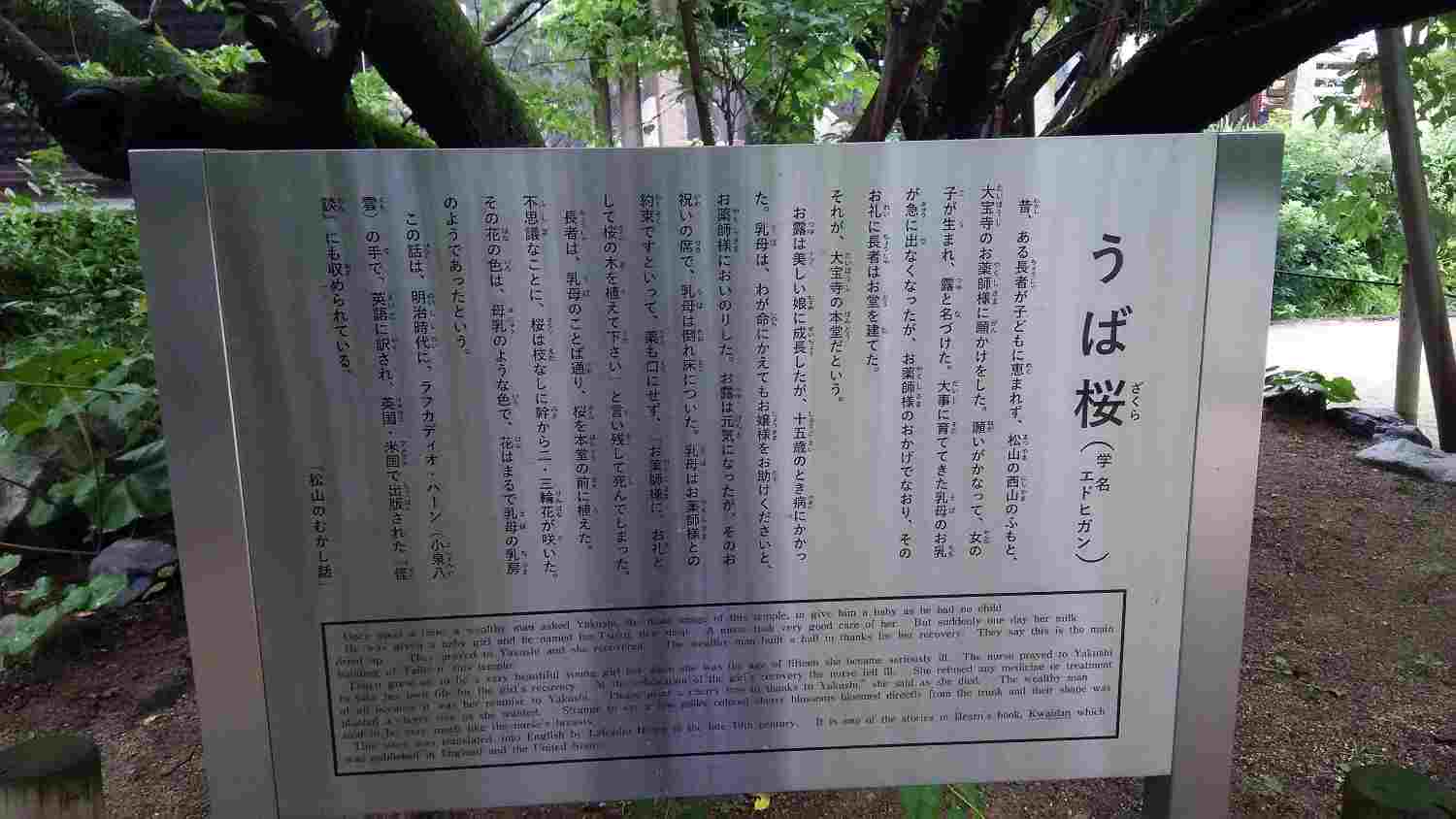
|
Ubazakura explanation signboard |
Proofreading by ChatGPT |
|
Once upon a time a wealthy man asked Yakushi, the main image of this temple, to give him a baby as he had no child. He was given a baby girl and he named her Tsuyu, dew drop. A nurse took very good care of her.
|
Once upon a time, there was a wealthy man who longed for a child since he had none. He fervently prayed to Yakushi, the main image of this temple, and his prayers were answered when he was blessed with a baby girl. He named her Tsuyu, which means "dew drop." A nurse was employed to take care of the child, and she provided excellent care.
Please note that while I can assist with proofreading and provide information, I cannot verify the historical accuracy or authenticity of specific accounts or translations. |
(555) Why I was afraid of kawauso. [英作文]
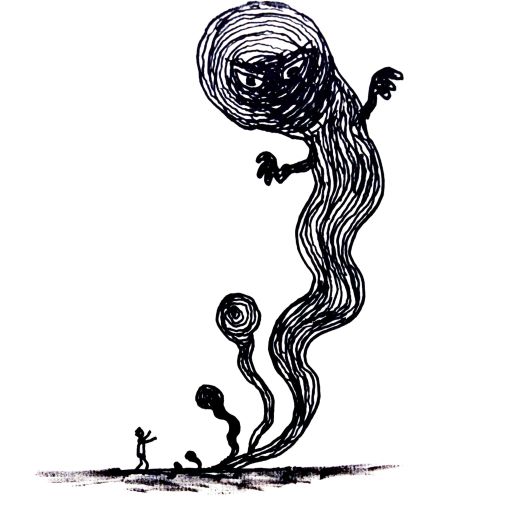

*
(551) Mentoring in Toastmasters [英作文]
2. Shishou(師匠) and deshi(弟子) Master and pupil
3. Toryo(棟梁) and deshi(弟子) Master and apprentice

A management consultant specializing in cross-cultural communication, wrote about senpai/kohai and mentor/mentee. She said that in a sense, the senpai/kohai relationship is analogous to the mentor/mentee type relationship that is common in many American organizations. The difference is that the mentor/mentee relationship generally between two people who do not regularly work together, while in Japan your senpai is often someone you work with.
This is my shamisen mistress's handwritten flyer of her class.

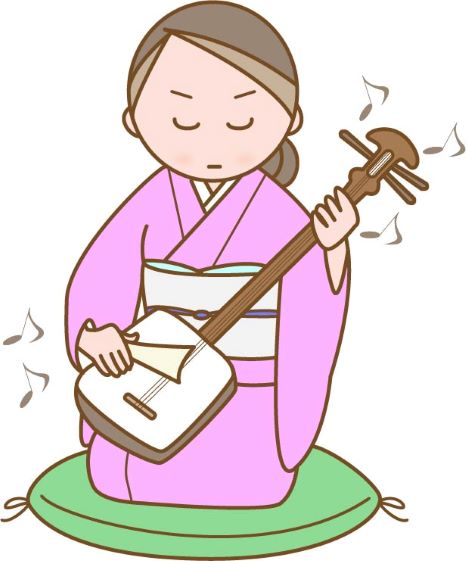
Teaching style is one-to-one lessons given by a mistress to a pupil. There also are class lessons of singing songs. Students pay fees.

Masters called toryo(棟梁) hand down the technique to their pupils. It is said that an apprentice needs at least five years to master carpenter's skills. but nowadays toryo/deshi, in English master/apprentice relation is not an only way to learning traditional carpenter's technique. Some can learn the technique in carpenter schools.

In Toastmasters mentor/protege(protégé) relation is used in place of mentor /mentee relation. In Toastmasters' mentoring program a mentor is helping his protege plan for a challenging speech. Protege means that a person under the care and protection of an influential person. So, the mentor must be an influential person. Protege means protected in French.
Protege, meaning protected, is benefitting. It's easy to understand this. And I thought that being a mentor is just a tiring role.
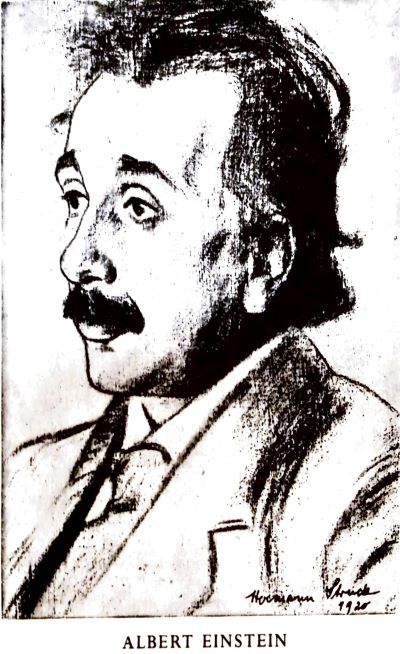
He once said that "if you can't explain it to a six-year-old, you don't understand it yourself." Toastmasters says that the mentor-protege relation is important and mutually beneficial. Now I agree with this. If you are a mentor, you clean up your explanation to make it easy for another person to understand. Mentors will become better communicators and listeners by virtue of being in a mentoring relationship.
To become a mentor, a member must be in good standing for at least six months, complete an entire path of Toastmasters program, and successfully complete mentorship. This is an important point. So, I have to find my mentor as a protege first of all. Understanding the role of the protege is fundamental to being the best mentor you can be.

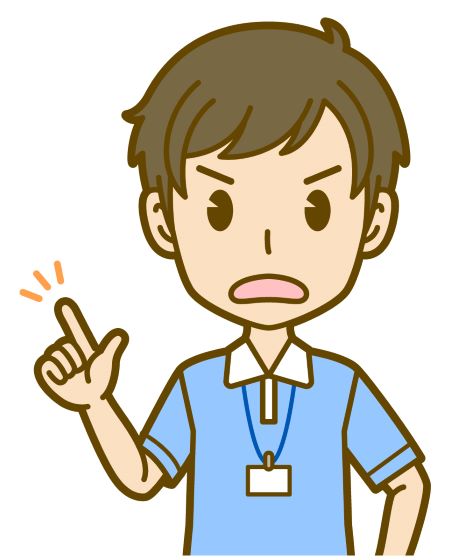
Mentors and coaches are often thought of as having similar roles. But there are clear differences between them. Toastmasters' mentoring is different from coaching. For example, coaches determine tasks and steps for accomplishment. On the contrary in mentoring proteges determine tasks and steps by themselves. Another example, coaches give specific feedback and direction, but mentors give general, non-judgemental feedback and support. This is how Toastmasters envisions mentoring.
*
(527) Amida kuji lottery [英作文]
(Ghost Leg, ladder lottery)
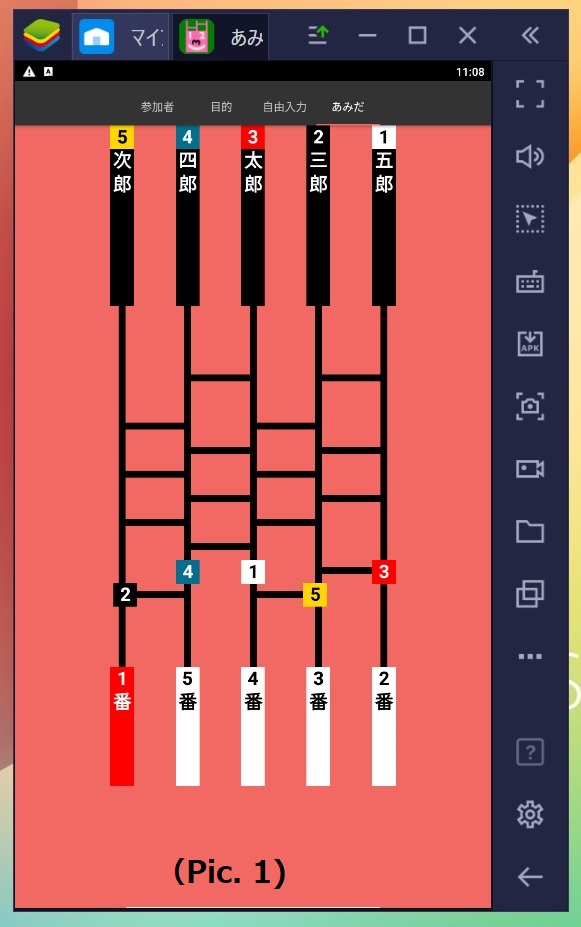
This lottery application assigns everyone randomly in the black boxes on the top (Pic. 1). In the boxes on the bottom, there are numbers for turns to draw the second lottery. These numbers are also placed randomly by this application.
(1) Input names of speakers.
(2) Start the lottery.
When this lottery is started the whole ladder lottery appears on the screen (Pic. 1). A small colored box of everyone starts moving along the ladders of the middle and reaches to the bottom. The turns of draw the second laddery is decided.
(3) Result
1st: 四郎 Shiro,
2nd: 太郎 Taro,
3rd: 五郎 Goro,
4th: 次郎 Jiro,
5th: 三郎 Saburo.

At first, you see a group of lines at the top and the same number of lines at the bottom. The middle and the numbers in boxes on the bottom are covered. You can't tell which top line leads to which bottom line.
(1) According to each turn to draw, everyone chooses a top line (Pic. 2).
(2) When the choosing is done, this lottery is revealed (Pic. 3).
(3) Everyone traces the path from his choice to the bottom.
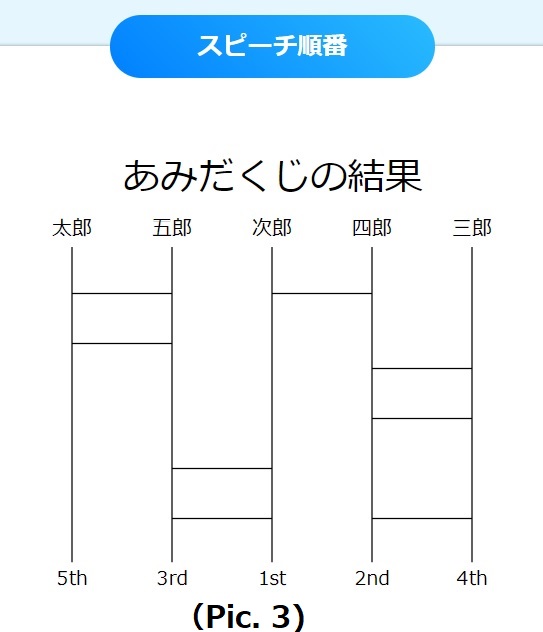
(4) Result
1st speaker: 四郎 Shiro
2nd speaker:三郎 Saburo
3rd speaker:五郎 Goro
4th speaker:次郎 Jiro
5th speaker:太郎 Taro
*
(524) How to fold an equilateral triangle [英作文]
直角三角形 : right triangle
二等辺三角形 isosceles triangle
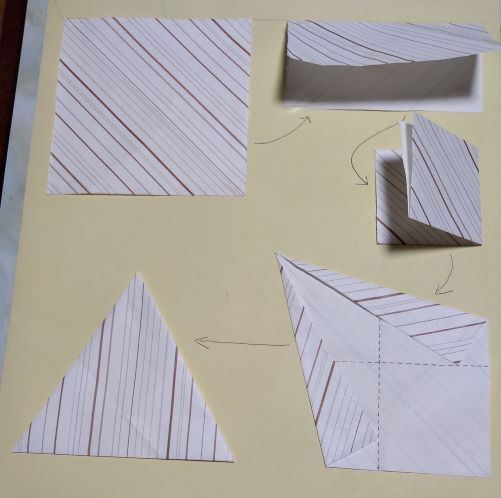

小学校で習った言葉「さか上がり」「行ってきます」を英語で言えますか? (Sanrio SMILES)
- 作者: 誠, 守
- 出版社/メーカー: サンリオ
- 発売日: 2017/12/01
- メディア: 単行本
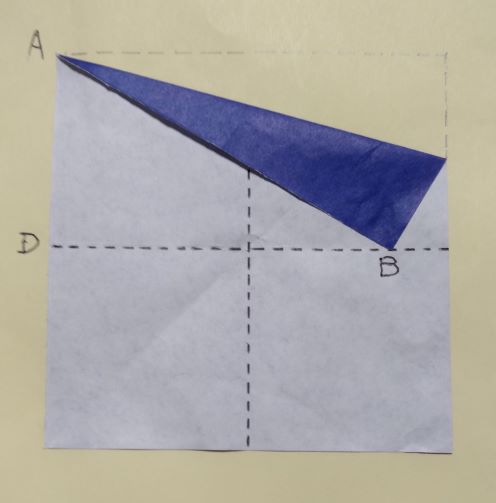
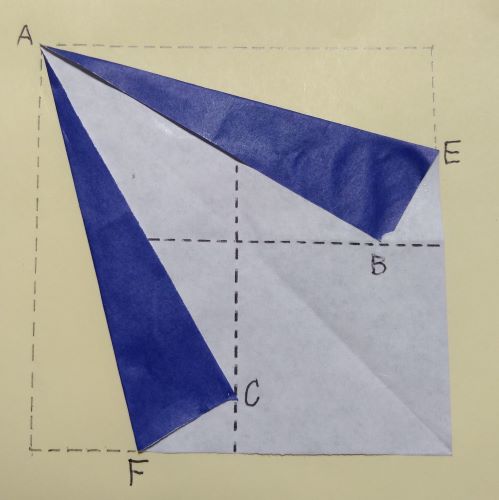
(509) Mask problem [英作文]
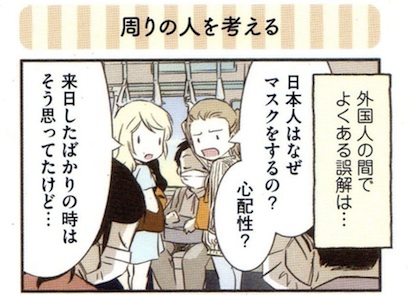
"Are they worried too much about their health? Shinpai-SHO?
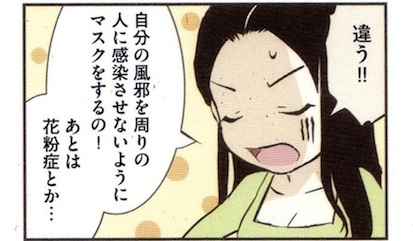
"I wear a mask to prevent my cold from passing on to others."
"And, for kafun-SHO."
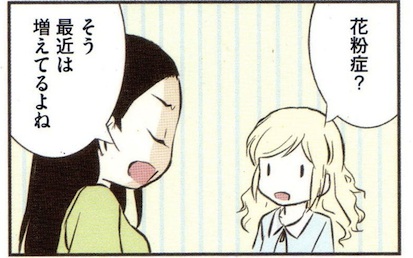
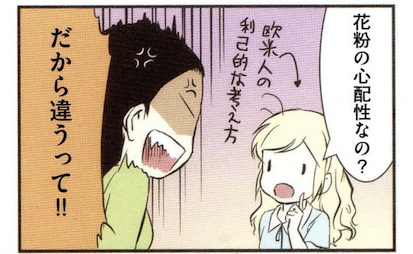
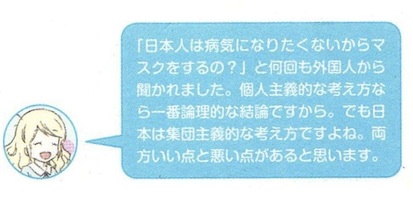
*
(494) “Uwajima Sansa” and “Sansa Shigure” [英作文]
All Japan SGG Gathering at Matsushima 2018 was held on Nov. 2nd and 3rd. On the first day’s night many members got together at Matsushima’s Hotel and enjoyed buffet style party. One of the members of Sendai area began to sing a folk song, “Sansa shigure” meaning Sansa Icy Rain. This song was created by Date soldiers elated over their victory in the battle of Suriagehara (摺上原). Then I thought I must sing “Uwajima sansa” after him as a man born in Uwajima. I sang the song on the stage. It went like this:
The sparrow in bamboo Sendai lord, shongaina
竹に雀の 仙台様も ションガイナ
Now over here, ei ei ei together
今じゃこなたと エエー諸共にヨ
Uwajima warriors all made a vow, shongaina
しかと誓いし 宇和島武士は ションガイナ
For life and death, ei ei ei together
死ぬも生きるも エエー諸共にヨ
“Uwajima sansa” was sung for the first time by the Uwajima samurai Yoshida Mansaku at the mediation banquet about 270 years ago. He sang “Uwajima sansa” ad lib after “Snasa shigure” sung by a Sendai samurai. So I was happy that I happened to have a similar situation of the old time. Uwajima Date had the same culture as Sendai Date. Even now Uwajima has the same culture as Sendai, such as Uwajima Kamaboko (fish cake), shika-odori (deer dance ) and Tanabata festival.
*
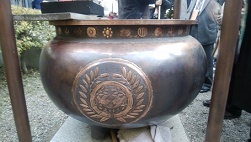
Picture: “Sparrow in bamboo” Date family crest on the incense-burner at Zuihoden (瑞鳳殿), the mausoleum of Date Masamune (伊達政宗)
(481) Tall Tale: Zenbei the wild vegetable seller [英作文]

Some troubles occurred to my mother. She saw a cup in front of her as two cups. If she tried to reach the cup, she often failed to grab it. I took her to an optician. The optician found out that her eyes always directed outside for unknown reasons. But Mother instantly came to know the true reason for her trouble. Two weeks later, she got better and now her eyes have returned to their normal position. My mother and I went to the optician for the last time to give a feedback on her recovery as we thanked him. I explained that her trouble might have something to do with her eye training. She was training herself to see both sides’ view at the same time. She believed that the older we get the narrower the eyesight becomes. She was practicing it for anti-aging. But this time’s trouble made her stop the eye practice. Then the optician laughed and gave us a story about eyes.
“Long time ago”, he started, “there lived a mountain vegetable seller named Zenbei at Uwajima in Ehime prefecture. He collected wild vegetables in the mountain and sold them in the village. He worked diligently from morning to night, even on rainy and stormy days. One day, ‘always-running Zenbei’ felt his left eyeball floating and bouncing in the socket of his skull. And finally the eyeball fell down on the ground. But he calmly picked it up and put it back to its eye socket. Then he continued working hard again as if nothing had happened.
“On that day he had sold out all his stock of wild vegetables earlier than usual. He was very happy, so he decided to visit tutelary shrine of the village to express his thanks. Incidentally, on that day, there was a bullfight, (that is a bull fighting against a bull), that was being held at the ground of the shrine. A lot of people got together around the bull fight ring. He couldn’t see anything, so he removed his eyeball and held it up in his hand to see the bulls, still he couldn’t see them. Next, he took a Bangasa umbrella from his backpack and tied to a long wooden bar. Lastly, he placed his eyeball on the opened umbrella. When he held the bar high to see the bullfight, he could enjoy watching the bullwrestling at the back of the crowd of spectators.
“At that moment, one crow was on the way back to its nest in the mountain. It noticed the eyeball from the sky and dived at it and flew away with his eyeball. He instantly felt the emergency and tried to chase the crow but failed in vain.
He felt down and went home with his one eyeball. To his surprise he found the eyeball in front of his house. The crow had dropped it because of its slipperiness and bad taste.
“Anyway he was overjoyed to have it and hurriedly put it back to his eye socket, but he put it inward out. He suddenly saw his internal organs clearly for the first time. From then on, he got interested in watching his inside. He learned the inside of human body and soon became a famous doctor and a rich man.”
“Well, as a matter of fact, this vegetable seller is my great grandfather,” finished the optician.
*
(476) 3 day trip to Hokkaido [英作文]
I visited Sapporo and Otaru with my wife from April 15th to 17th.
1st Day:
When we changed airplanes at Haneda airport, I made a mistake. I missed the transfer sign and I lost sight of my wife too. I got lost. I walked outside from the exit. Then I got a phone call from her. She was inside the airport and I was outside. I hurried to enter the airport again through security check. I got a phone call again from my wife. She didn’t have her ticket with her. Yes, I had her ticket with me. So she had to go out from the exit too. So this time, she was outside without her ticket and I was inside.
Finally we could meet again with the help of the airport person. We wasted a lot of time for my mistake but we could make it to fly to Chitose.
This was our first trouble.
We arrived Chitise airport safely. Next, we got on the JR train to Sapporo. Then we arrived Sapporo around 1 pm.
We were hungry. We asked for a nearby Ramen shop at the tourist information center.
We entered Shirakaba Sanso shop. This shop was in Ramen-Kyowakoku republic on the 10th floor of Esta building besides JR tower.
According to the leaflet, The shop chef said “You can’t go home without eating here!” True Sapporo miso ramen.” So we ate miso ramen. The soup was thick and hot. The ramen’s bowl was bigger than normal one. My stomach became full.
“Where shall we go next?” While talking about next plan, we noticed we had forgotten to get ANA skyholiday wakuwaku tickets at Chitose airport. We could use the tickets at food shops and tourist facilities. “We are in Sapporo now?” “Must we go back to Chitose?” “It’s a waste of time and money.” This was the second trouble in our trip. Anyway I though I’d better call Chitose ANA tourist counter. I got a good news from them. They said that we could get the tickets at Sapporo ANA hotel too.
So ANA hotel Sapporo was our next destination.
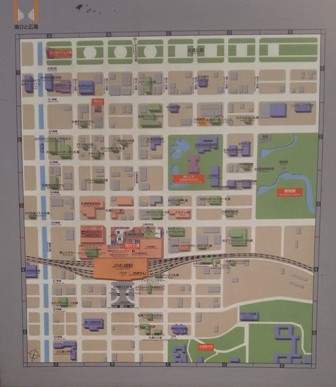
The City of Sapporo was built to a grid pattern, and is the largest city on the island.
We got to ANA hotel very easily because of its grid system.
Yotsuba-white-koji café. At paseo in JR tower.
We had to wait to enter this café more than 20 minutes. We used Wakuwaku tickets here.
The ideal environment to raise happy health, snow-covered Hidaka stress-free cows.
From the mountains to the north cod, crystal-clear waters wind their way down through to plain, enriching the fertile soils of their vast green landscape.
We used another wakuwaku tickets to enter JR tower.
Next, we went to Sapporo Clock Tower.
This house was built 1878. It was originally called “Embujo” - meaning a ‘military drill hall.
In 1881 a large clock was installed to renovate the tower of this building. It was later called the clock tower.
It was served as a drill hall for the Sapporo Agricultural College, which was the first institution for Agricultural Studies in Japan.
The second floor was used for physical education training as well as a ceremony hall.
The former Hokkaido Government Office Building
This old building was made of bricks. There were several chimneys on the roof.
2nd Day:
Lake Shikotsu and Lake Toya Round Trip
• Sapporo Station bus terminal
• Lake Shikotsu
• Hokkaido Kinoko oukoku Kingdom
• Lake toya Manseikaku Hotel (lunch)
• Mt. Usu and Showa Shinzan mountain
• Lake Toya Viewing Platform
• Nakayama Pass
• Teizankei Valley.jpg)
Lake Shikotsu Visitor Center
A crystal miniature of lake Shikotsu.
Animal: Brown bear
View of Lake Toya from Mount Usu Ropeway.
Lake Toya and Showa-shinzan mountain.
Japanese butterbur sprouts (Fukinotou)
Male flower and female flower.Wikipedia says the bulb-like shoots are picked fresh and fried as tempura.
We went to Mount Usu Summit station by the ropeway.
From the station we walked up to Crater Basin Viewing platform.
Mt. Usu Crater Basin Viewing Platform.
We can see the summit of mount Usu. It is 733 m high.
We can see white vaper from the crater basin.
The crater is called Ginnuma Crater, the largest crater created by the 1977 eruption.
Mount Youtei looks like Mt. Fuji.
Nakajima island in Lake Toya.
Showa-shinzan mountain.
The field rose into the steaming mountain in a little more than two years after the 1943 eruption of Mount Usu. But now I cannot see any steaming from Showa-shinzan mountain.
蔓性の隠元豆>虎豆 tora-mame bean (tiger bean)
隠元豆>斑紋種>貝豆 (Shell bean)
Mount Youtei
Nakayama Pass
White birch trees
We returned to Sapporo.
At Daimaru Department store.
One of my favorite characters.
3rd Day: Otaru
We bought seafood as suevenirs.
ホッケ Okhotsk atka mackerel
イクラ salmon roe
本シシャモ Shishamo smelt
Otaru Historical Scenic Dstrict
Otaru’s ordinance designates scenic areas arears of historical ad cultural importance that evoke Otaru’s unique character as the “Otaru Historical Scenic Distorict”.
Keep Out sign has Russian too.
Signal lights’ design is different from what we see in Matsuyama.
Otaru Canal from Asakusa bridge.
Completed in 1923, the Otaru Canal served its original purpose until the decline of the shipping industry. In the 1980s,promenades and gas lamps were instlled.
Amato is a shop best known for sweets such as “Cream Zenzai”, renowned Otaru favorite, and “Maron Coron”, a crisp, three-layer homemade sable.
Museum of Finance (Former Otaru Branch of the Bank of Japan)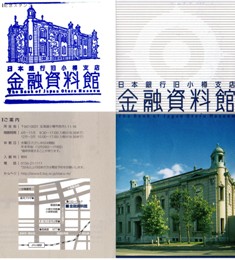
The guardian of the building
The Shima owl is one of the guardian deities of the Ainu people.
Ainu is the indigenous people of Hokkaido. Carvings of owls are on the pillars of the building. These owls used to keep watching over the Otaru Branch at night.
Sea of Japan from the window of JR train in Otaru.
Soup Curry for breakfast at Hotel
Jingisukan at Chitose airport.
Jingisukan is a Japanese grilled mutton dish.
*
(473) Kanji of BRIGHT [英作文]
■Kanji of moon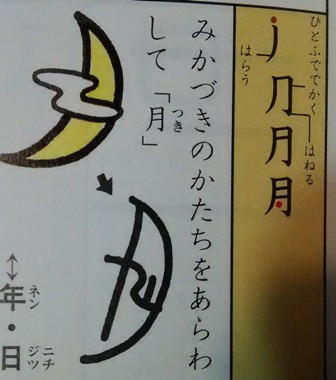
I remember I studied kanji of moon (月) in the first year of elementary school.
This kanji (月) is a picture showing a crescent moon. It was self evident. I was very impressed with this explanation at that time. I could memorize quickly how to read this kanji. And now I knew this kind of picture is called pictogram. Some
of Kanji are pictograms.
■Kanji of tree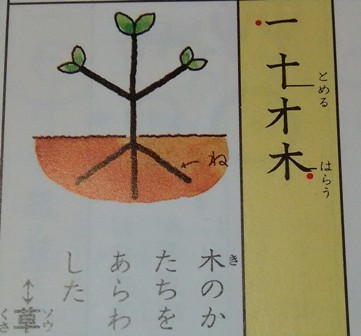
Another pictogram of kanji is kanji of tree. Upper part shows tree’s branches and leaves. Its lower part represents its roots in the ground.
But after a while, I lost interest in what each kanji was made of, because I became very busy to memorize many kanjis. So I had to learn about 1000 kanji of elementary school just mechanically without knowing of their wonderful original stories of these letters.
But three years ago, I had a chance to study again about kanji with an elementary school boy. I’ve been helping him with his kanji homework for three years. He is a Kenyan boy studying in Japanese school. I began to study kanji again with him after a long, long interval. Now I am much more interested in the formation of kanji than my ten year old student.
■
Last autumn an interesting or should I say, curious thing happened to me. I woke up at night in bed. I felt something strange, something shining above me. When I opened my eyes and looked up at the small window of my room. There was a full moon emitting light through it. I felt for the first time in my life it was bright enough in the moonlight. The moonlight really woke me up at midnight.
■House and Moon
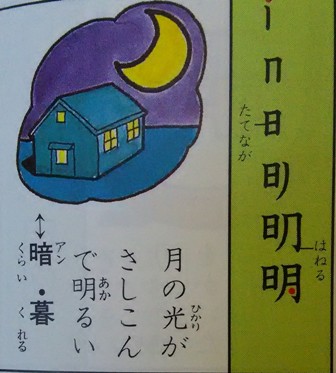
This is exactly the same situation that kanji bright (明) expresses in its formation. How mysterious! I just learned of the real eaning of this formation of the kanji a few days before. Kanji of bright (明) consists of kanji of sun (日) and the moon. So I had believed that the sun and the moon surely make brightness much stronger. But I was wrong. The kanji of sun, in this case, means not the sun but a window. Kanji of bright (明) is a compound ideogram of two kanjis,
moon and window. And this combination expresses bright. An ideogram is also a graphic character as a pictogram but ideograms are images must be learned. Pictograms should be self-evident. I was a little bit surprised to read of this
explanation. But now I’m convinced. It is true.
■Kanji of Bright
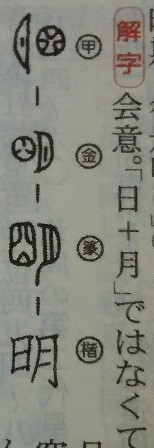
Old kanjis show this fact. Oracle bone letters (Koukotsu moji), bronze ware letters (Kinbun) and Tensho shows kanji of sun is a window. The most mysterious thing for me was that I accidentally experienced of seeing bright full moon from my bed. I was awake at that time, it was true not a dream, seeing the full moon through my window at that night. You might say that I was dreaming of moonlight.
■Kanji of Dream
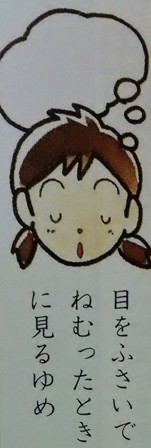
Speaking of dream, its kanji is夢. It has this element (夕) in it. And this shape (夕) is a crescent moon too. This moon symbolizes night here. And interestingly upper part of this kanji means “sheep’s sore eye”. So original meaning of this kanji is I cannot see at night, then it came to mean a dream during sleep. How interesting! Now I cannot stop exploring kanji’s world.
*






